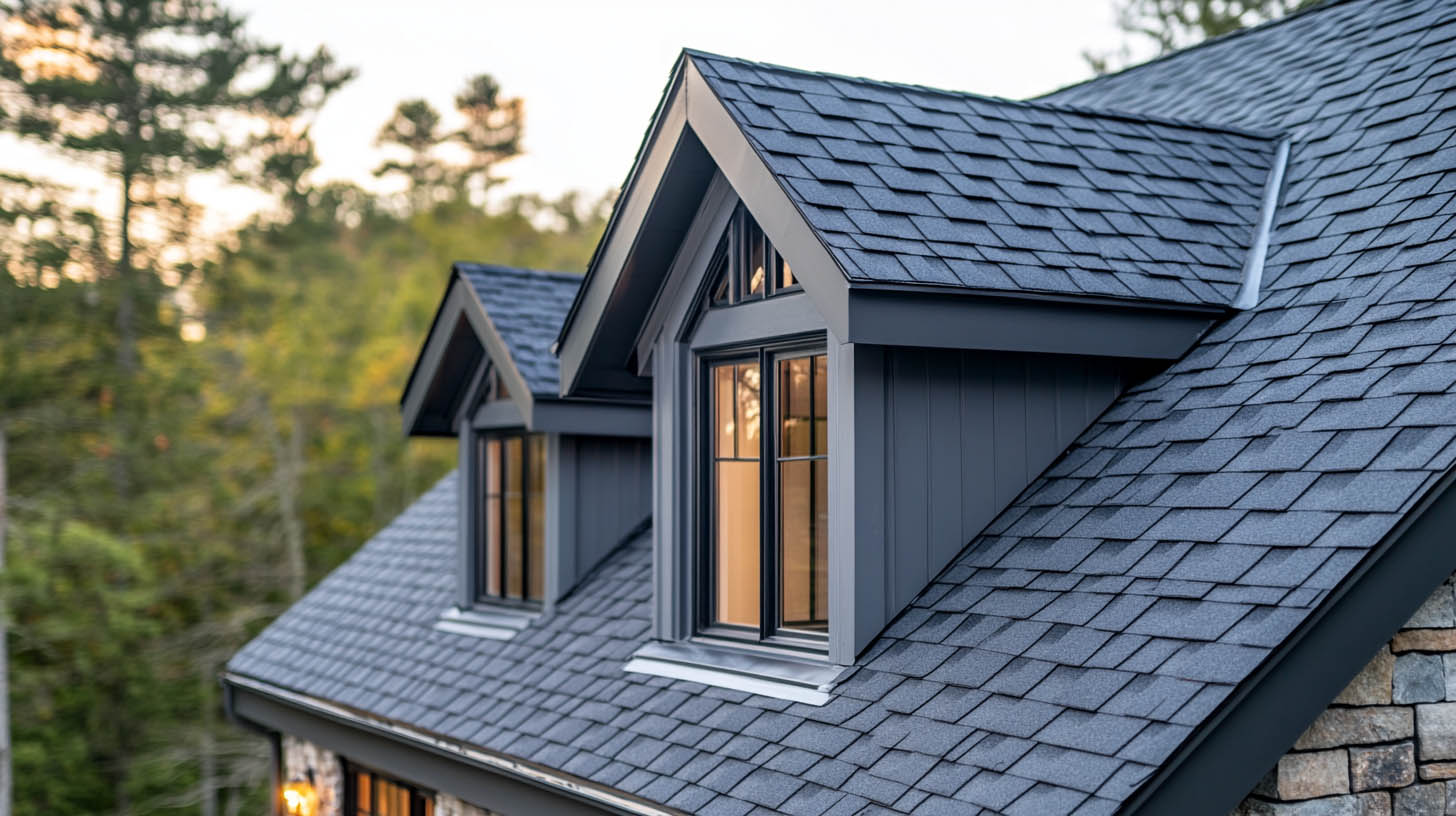
Roof flashing is essential for guiding water away from vulnerable areas on a roof, such as chimneys, vents, and valleys, effectively preventing leaks and water intrusion. Over centuries, the materials used for flashing have evolved dramatically to meet modern roofing demands for durability, flexibility, and environmental safety. Rainstoppers Roofing, a Charleston-based roofing company, explains the history and options available today.
The Purpose of Roof Flashing: Preventing Water Damage
Roof flashing acts as a water barrier, sealing gaps where roof materials meet or intersect. Without proper flashing, buildings are susceptible to leaks, mold, rot, and costly structural damage. It’s essential for homeowners to choose flashing materials that can withstand extreme weather conditions, UV exposure, and temperature fluctuations.
Historical Insight: Lead flashing, used extensively from the 18th century onward, was prized for its malleability and longevity but declined due to environmental and health concerns.
Traditional Materials: Lead and Copper
Lead was once the preferred material for roof flashing, valued for its durability and resistance to rust. However, concerns about its toxicity and environmental impact have led to its decline in modern construction. Copper then became popular due to its resilience, aesthetic appeal, and compatibility with various roofing styles. Known for its ability to patina over time, copper flashing can last the lifetime of a roof without corroding.
Modern Choices: Aluminum and Galvanized Steel
The introduction of aluminum and galvanized steel offered lightweight and cost-effective alternatives to traditional materials. Aluminum is particularly resistant to rust, though it may not have the same durability as copper. Galvanized steel, on the other hand, provides strength and corrosion resistance, though it requires occasional maintenance to prevent rusting over time.
Contemporary Options: Synthetic Flashing Materials
Recent innovations in roofing include synthetic flashing materials like rubber and thermoplastic polyolefin (TPO). These materials offer excellent flexibility and UV resistance, making them ideal for complex architectural designs. Synthetic options are often lighter than metal, easier to install, and typically have a lower environmental footprint, making them attractive for eco-conscious projects.
Conclusion
Selecting the best roof flashing material depends on factors such as climate, budget, and desired lifespan. While copper offers durability, aluminum and synthetic options provide more cost-effective choices. Rainstoppers Roofing offers expert advice and quality materials to ensure your roof is protected for years to come.
FAQs
Q1: What is the most durable roof flashing material?
A: Copper is often considered the most durable, lasting as long as the roof itself, but synthetic materials are also highly durable and environmentally friendly.
Q2: Why did lead flashing fall out of favor?
A: Lead was phased out due to concerns over its environmental impact and toxicity.
Q3: Are synthetic flashing materials reliable?
A: Yes, synthetic materials like TPO are highly resistant to UV light and weather, making them suitable for modern roofing.
Q4: Can aluminum flashing last as long as copper?
A: While aluminum is rust-resistant, it generally does not last as long as copper and may require more maintenance.
Q5: How often should flashing be inspected?
A: Roof flashing should be inspected annually and after significant weather events to ensure it remains secure and damage-free.To learn more about the top reasons why commercial roof coatings fail, click here.
